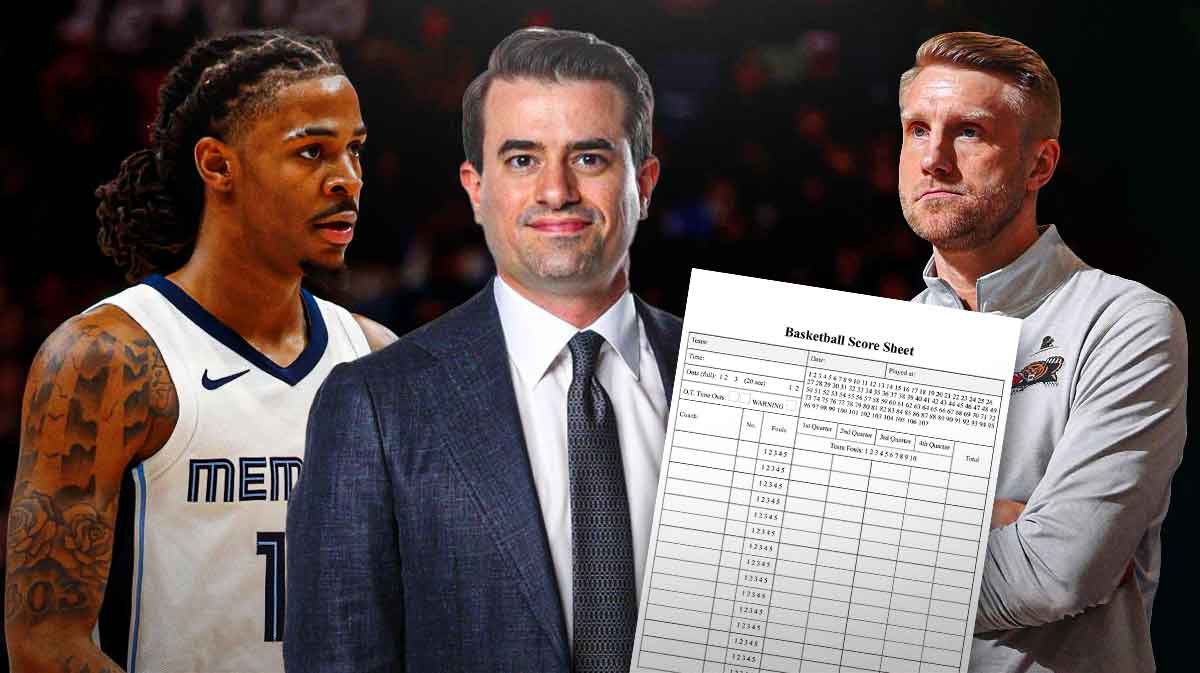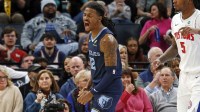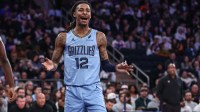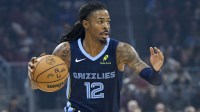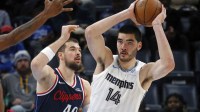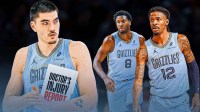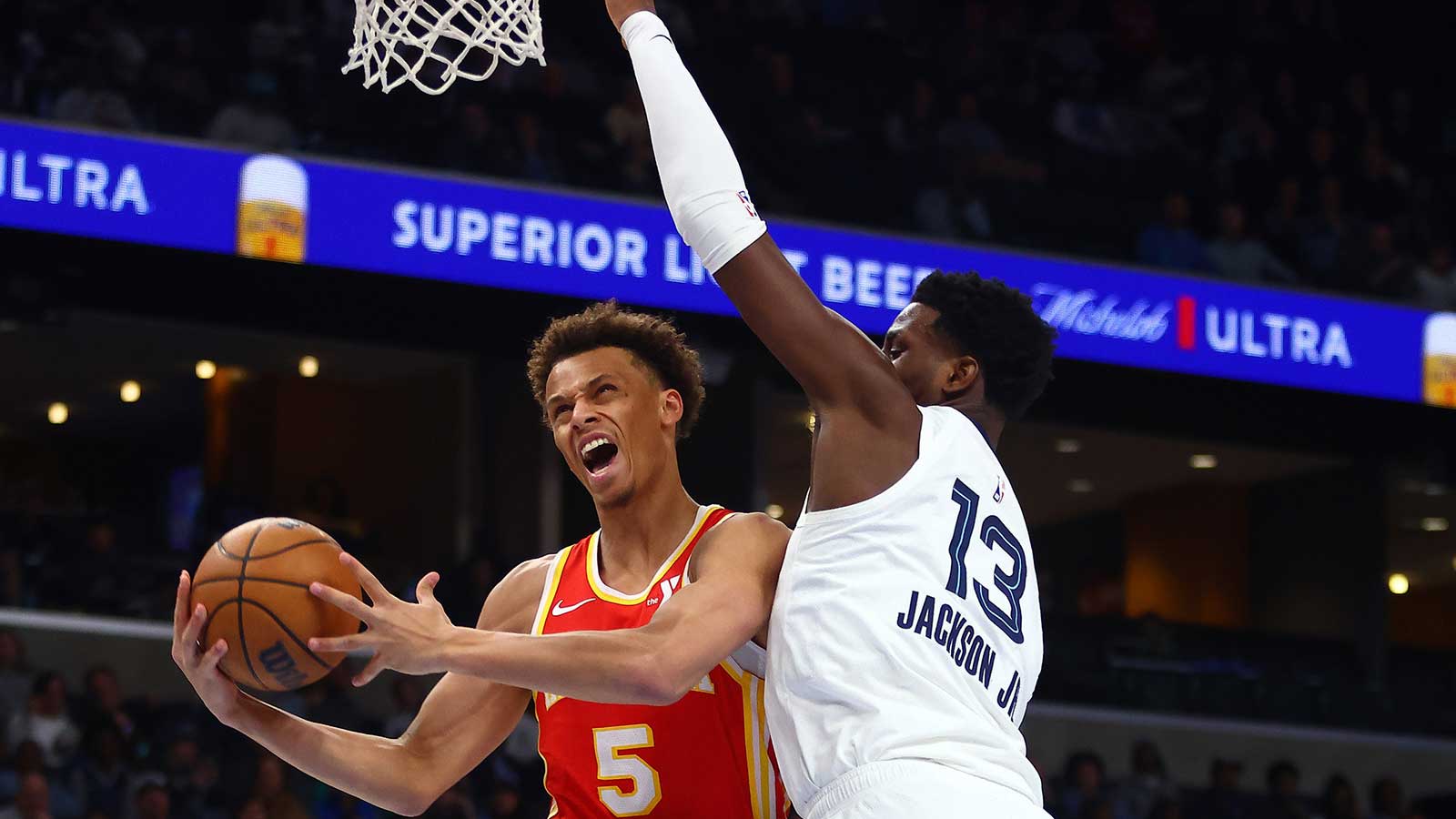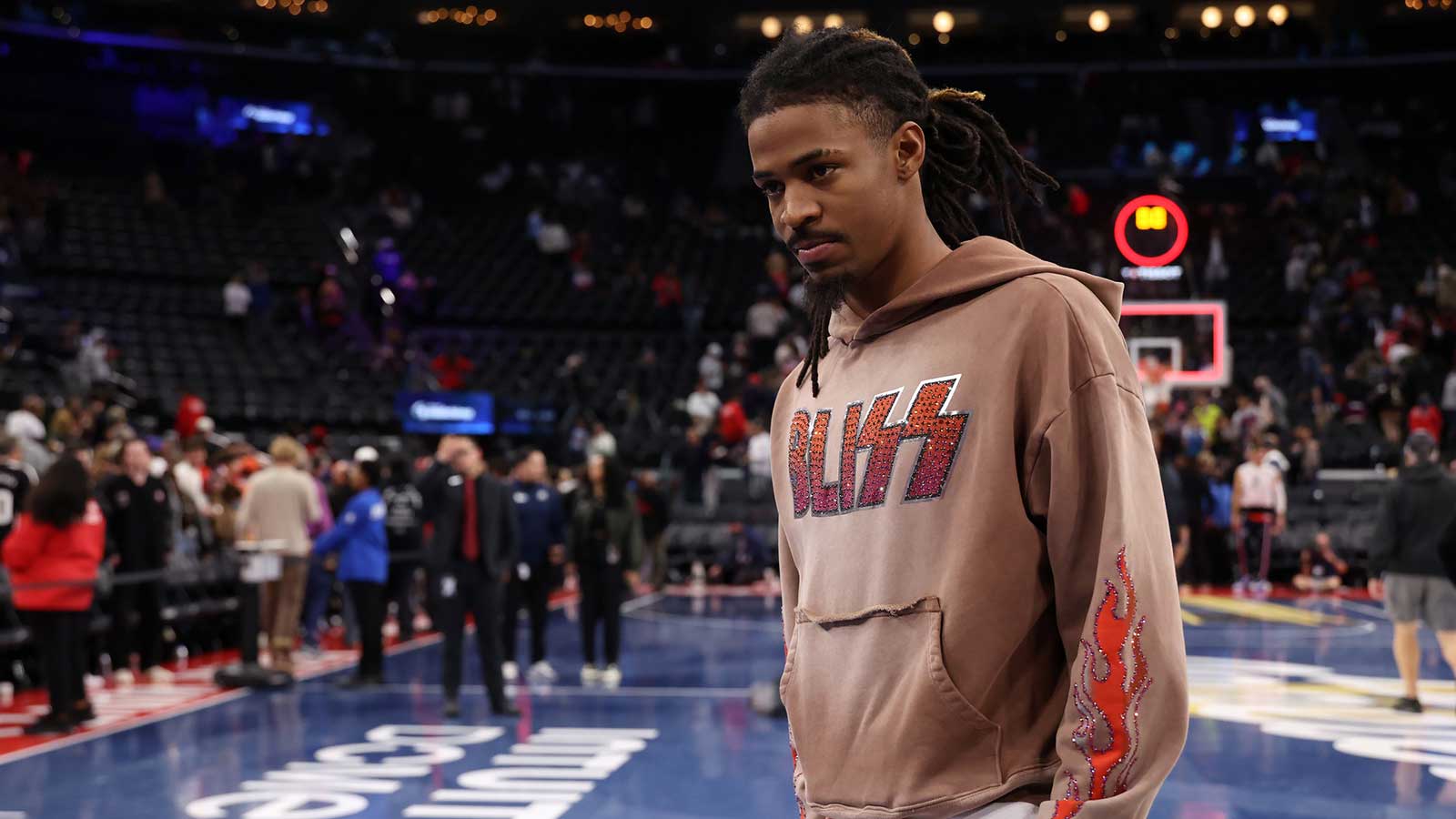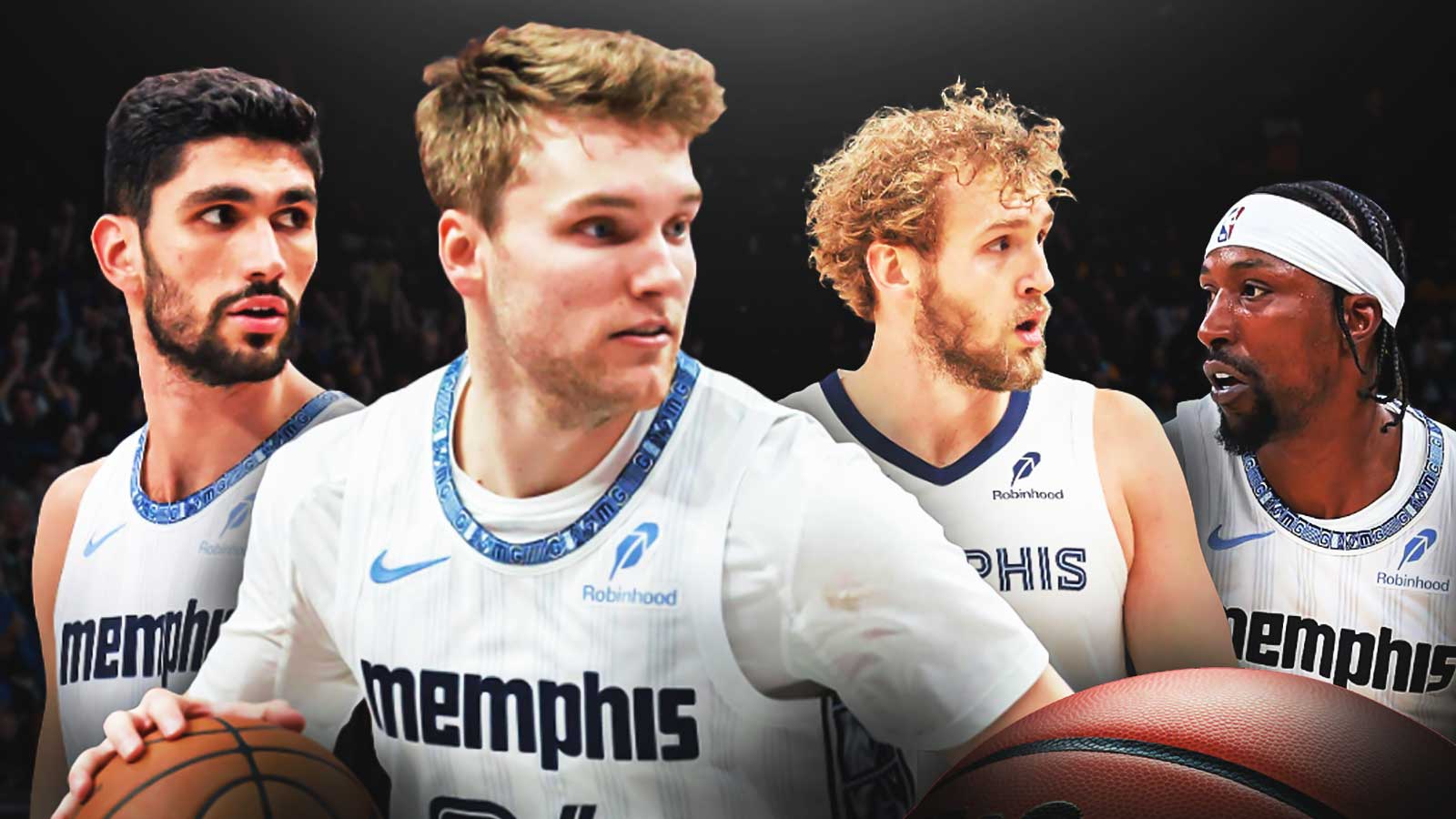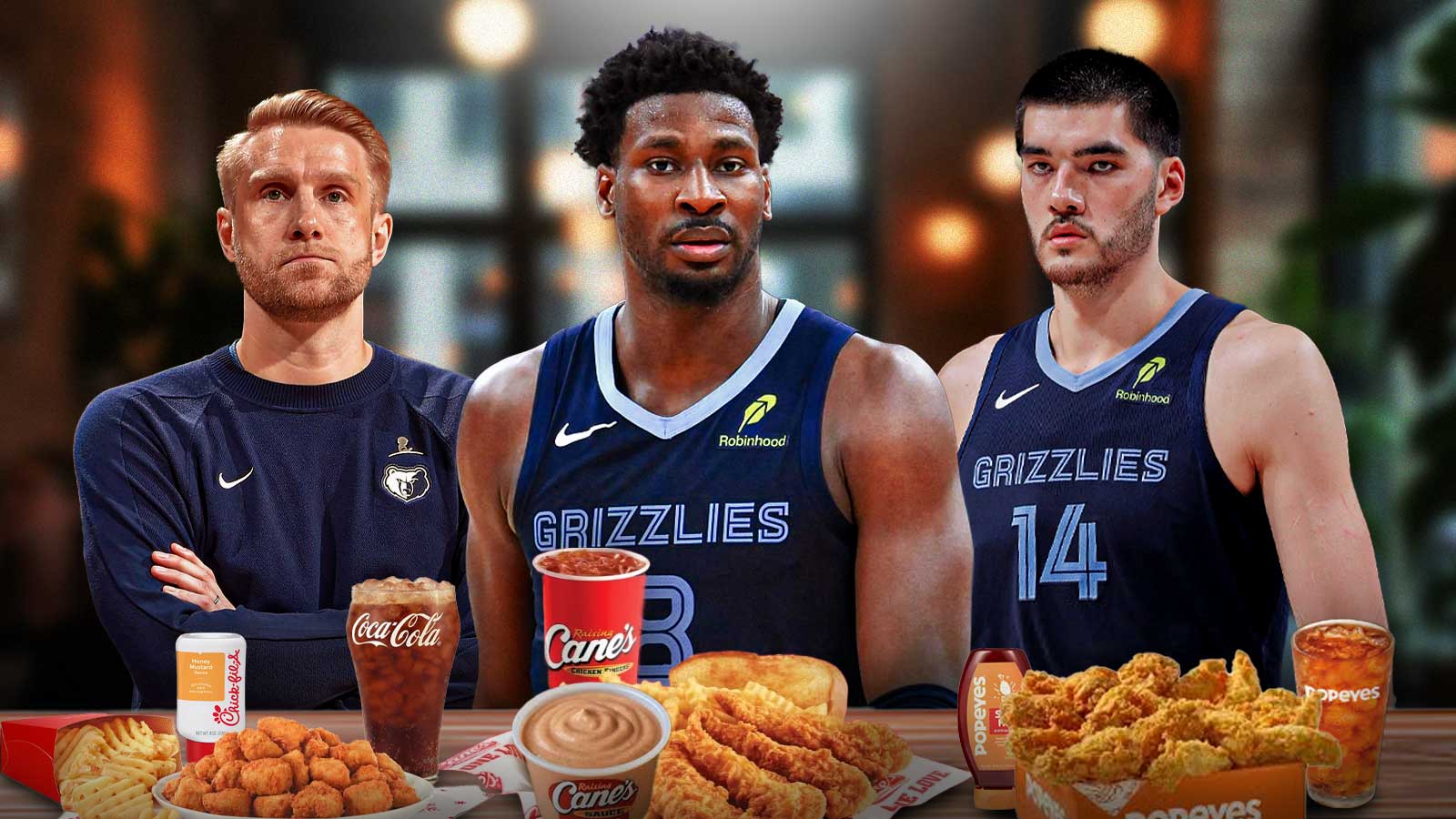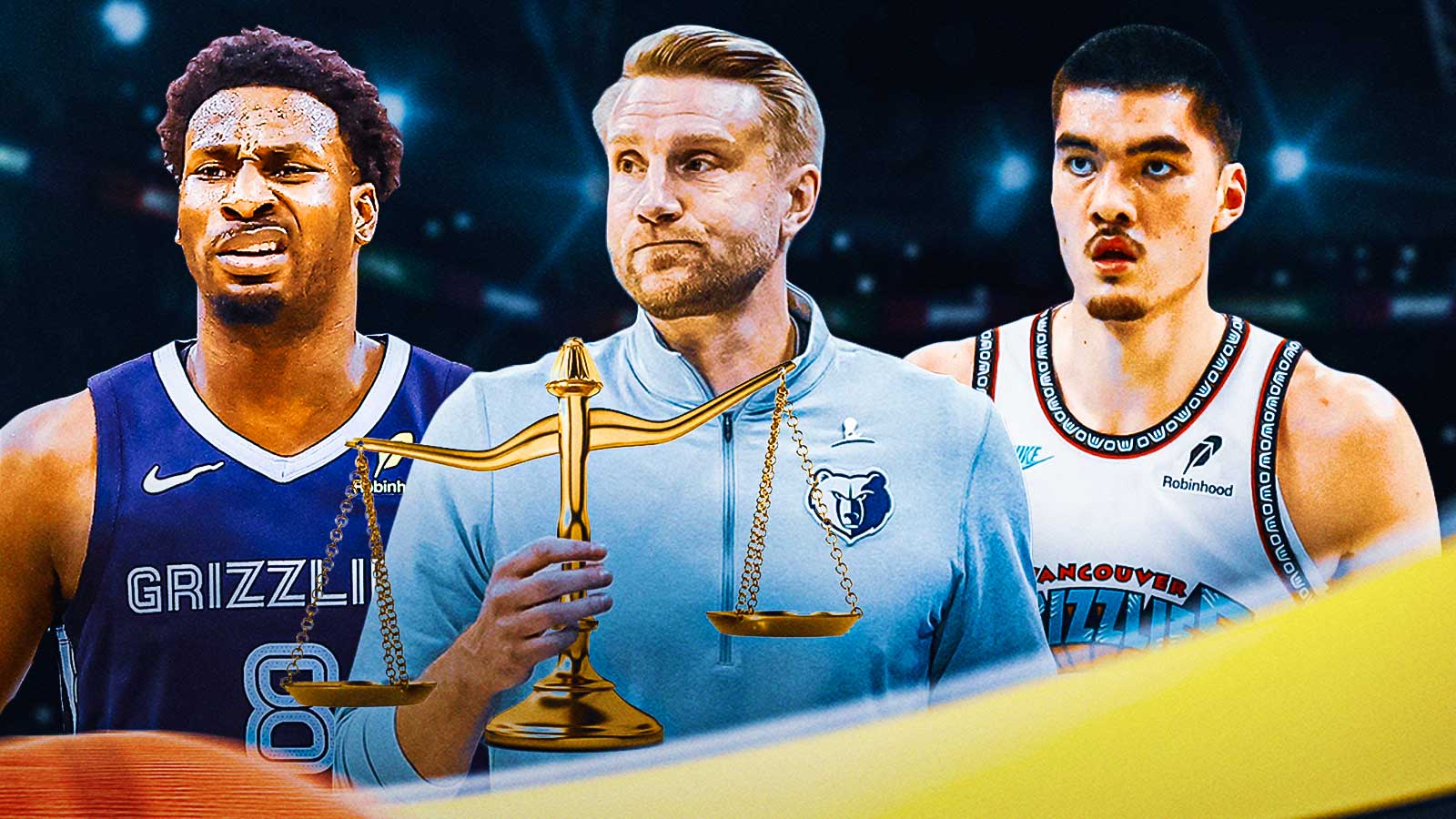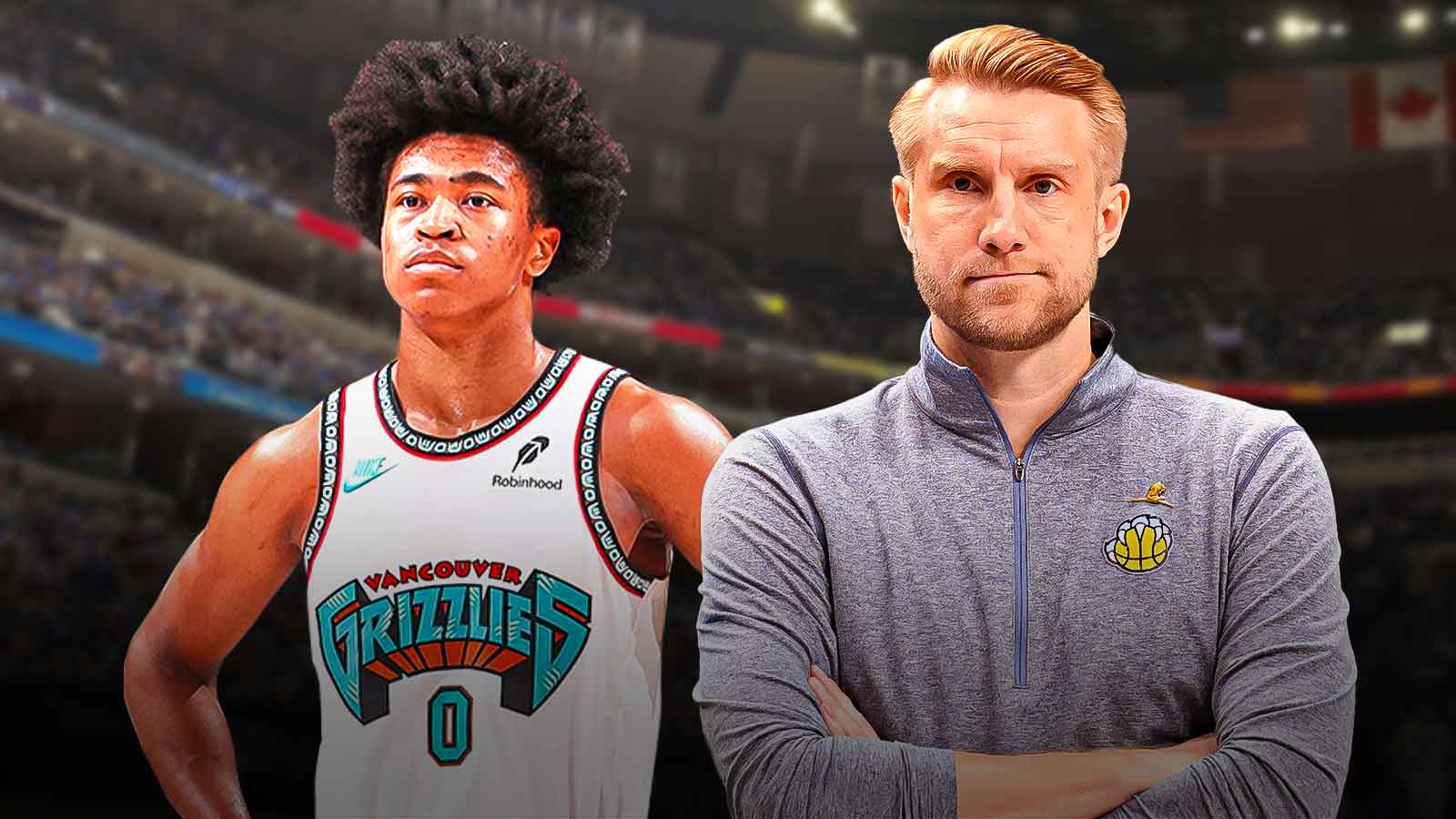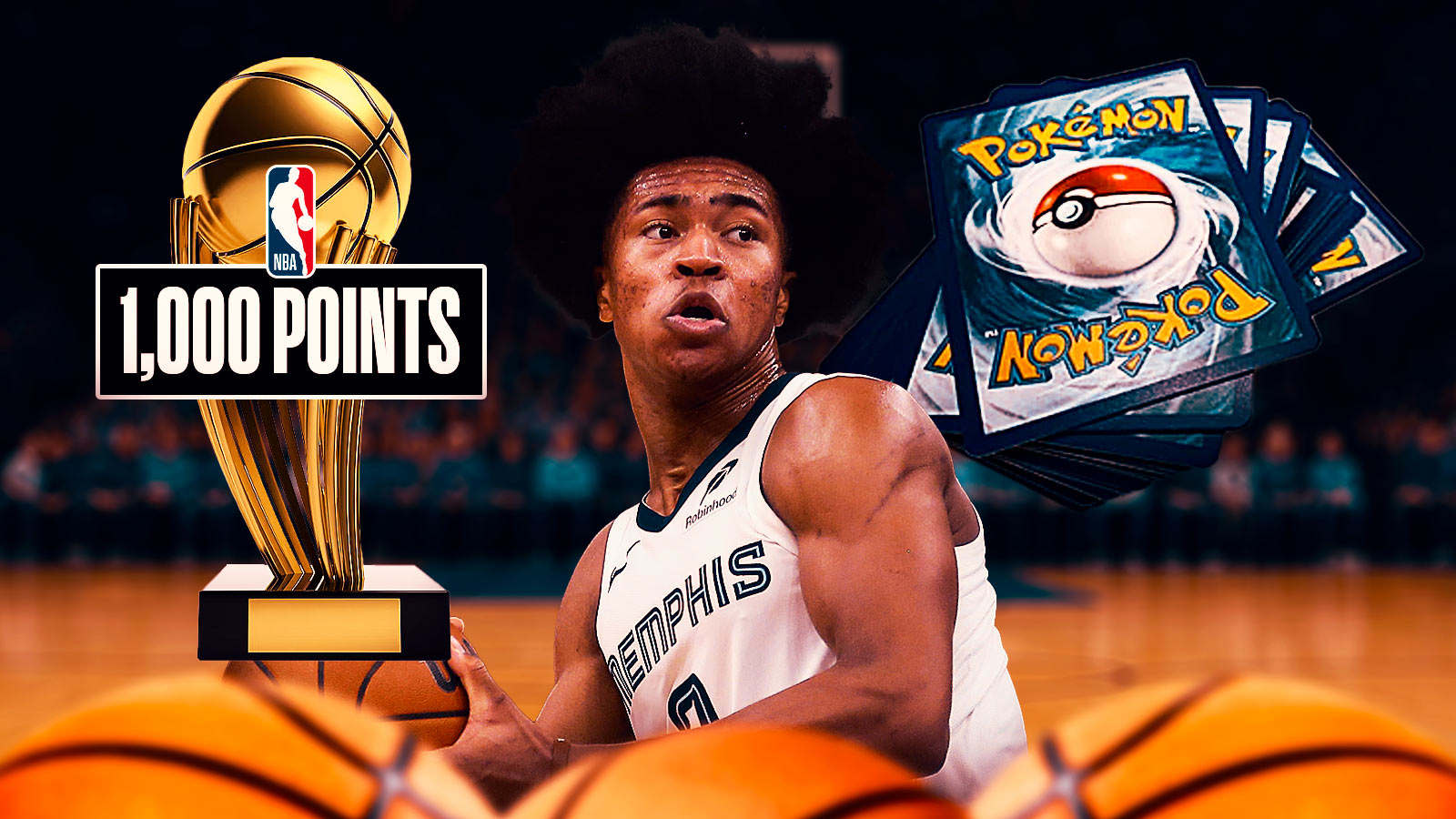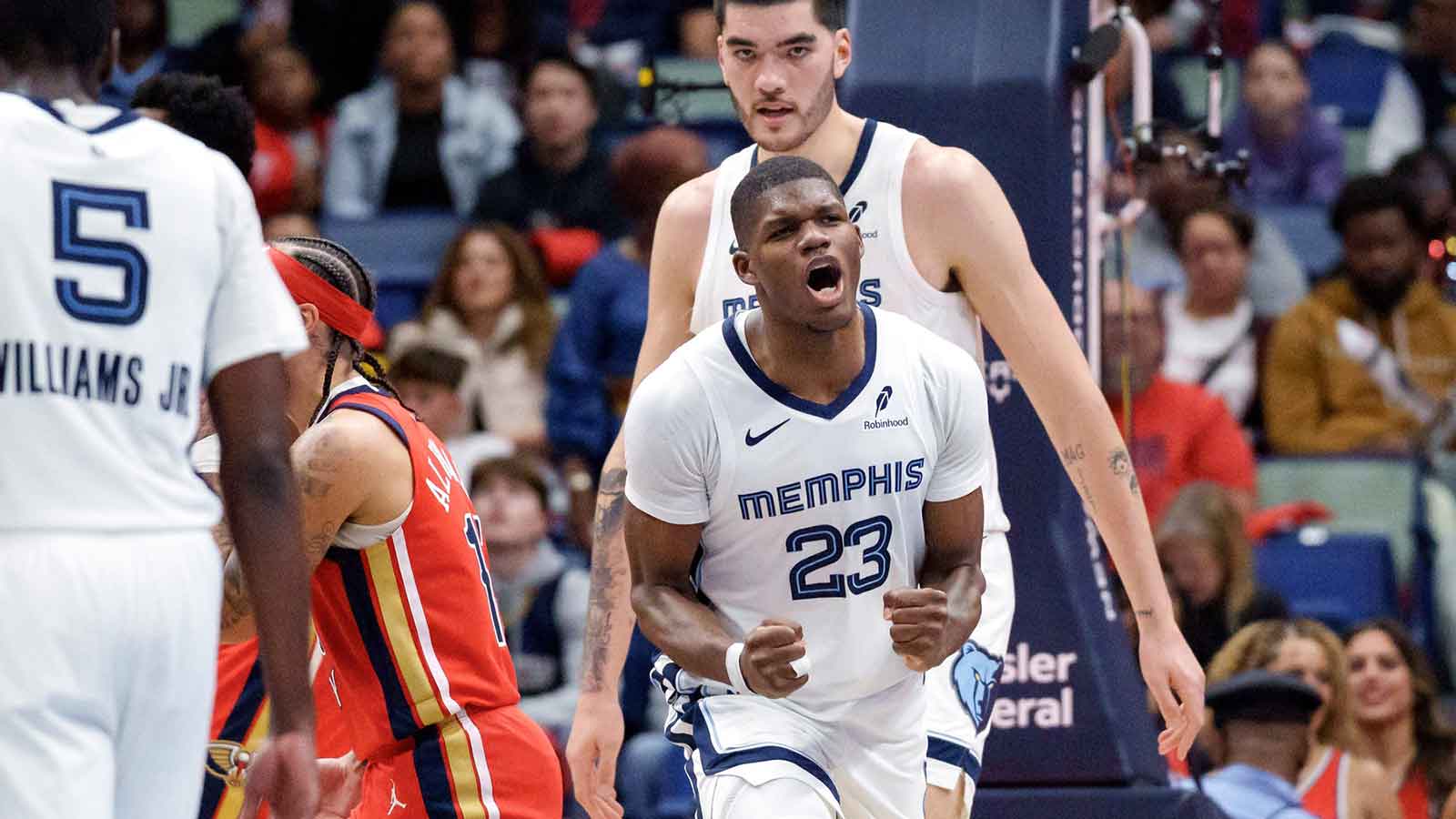A decision by Memphis Grizzlies EVP/GM Zach Kleiman to remove Taylor Jenkins and promote Tuomas Iisalo to head coach on March 28, 2025, was one of the most dramatic late-season moves in recent NBA history. Jenkins, a former NBA Coach of the Year winner, won more basketball games on Beale Street than anyone before hitting the proverbial ceiling. Iisalo, arriving from a legendary run on the European circuits, was an unknown NBA quantity whose innovative, pace-and-space system promised a revolution around Ja Morant and Jaren Jackson Jr.
Granted, this is an experiment in small sample sizes. Iisalo was in charge of just the final nine games of the regular season plus a six-game postseason run. Still, while the change was controversial, it revealed significant differences in how the two coaches utilized their personnel. So, with the 2025-26 NBA schedule now fully known, here are the 25 stats that can help fans understand what these new-era Grind City Grizzlies are trying to accomplish next season.
Ja Morant moving differently
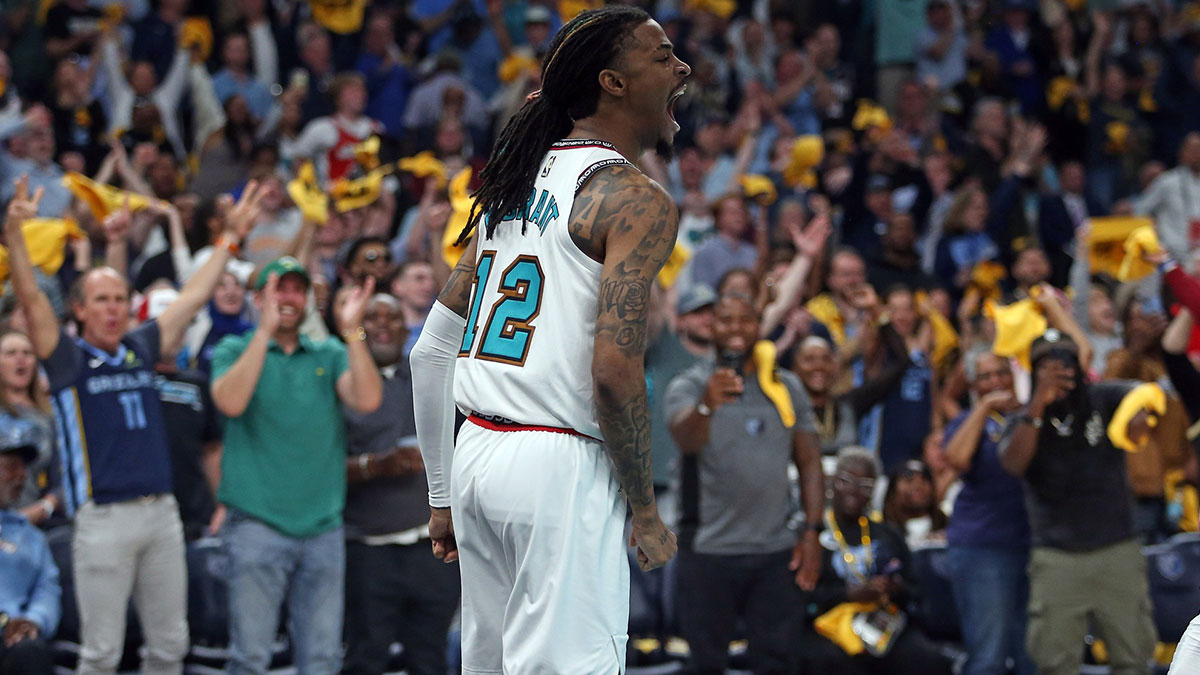
The Grizzlies averaged 122.1 points per game under Jenkins, good for second-best in the league. Iisalo's rotations managed just 118.2 PPG, though under far different circumstances. Trying to build a more fluid attack centered around Ja Morant and Jaren Jackson Jr. on the fly was always going to include some growing pains for the team. However, the result is worth some uncomfortable situations.
Memphis knows the best chance to compete means allowing Morant to shine in clutch moments. While the team's overall efficiency numbers dipped slightly under Iisalo, the context matters significantly. The coaching change occurred during the most challenging portion of the schedule for starters, and other teams making a switch saw bigger declines.
- Field Goal Percentage
- Jenkins: 48% (8th)
- Iisalo: 47.3% (15th)
- Three-Point Percentage
- Jenkins: 36.8% (12th)
- Iisalo: 36.5% (16th)
- Offensive Rating
- Jenkins: 117.4 (6th)
- Iisalo: 115.5 (15th)
- Defensive Rating
- Jenkins: 112.4 (11th)
- Iisalo: 114.1 (14th)
Though the Grizzlies were swept, Morant claimed to have ‘figured out' the Oklahoma City Thunder in the NBA Playoffs. It is hard to argue with the All-NBA star given the 67-40 Game 3 lead before Morant got undercut by Lu Dort in the first round. Unfortunately, the fall over Dort led to Morant's season-ending hip injury. Still, it was easy to see how the locker room was responding to Iisalo's intensity.
Individually, Morant averaged 28.4 points, 4.3 rebounds, 6.3 assists, and shot 48.1% from the field (37.9% 3PA) under Iisalo. It was a huge jump in production that coincided with a re-engaged, re-energized Morant posting just 22.3 points on 44.9% shooting (29.1% 3PA), 4.1 rebounds, and 3.5 assists with Jenkins at the helm.
Stylistically, the fans could see Iisalo was more amenable to letting a dynamic Morant create freely (34.6% Usage Rate) with the ball instead of operating within more static sets (30.7% Usage Rate with Jenkins). That led to the most important revelation as the Grizzlies began a full-on search for a new coach this summer.
Gaining that much trust from Morant and giving the Thunder more than a few problems, even without Jaylen Wells, bodes well for the future. A lack of free throws does not. The Grizzlies topped the charts at 23.6 per game under Jenkins. Those extra three-pointers and turnovers meant Iisalo's offense threatened the paint far less often (20.3) to the point of dropping below the NBA's average rate.
Grizzlies shifting gears
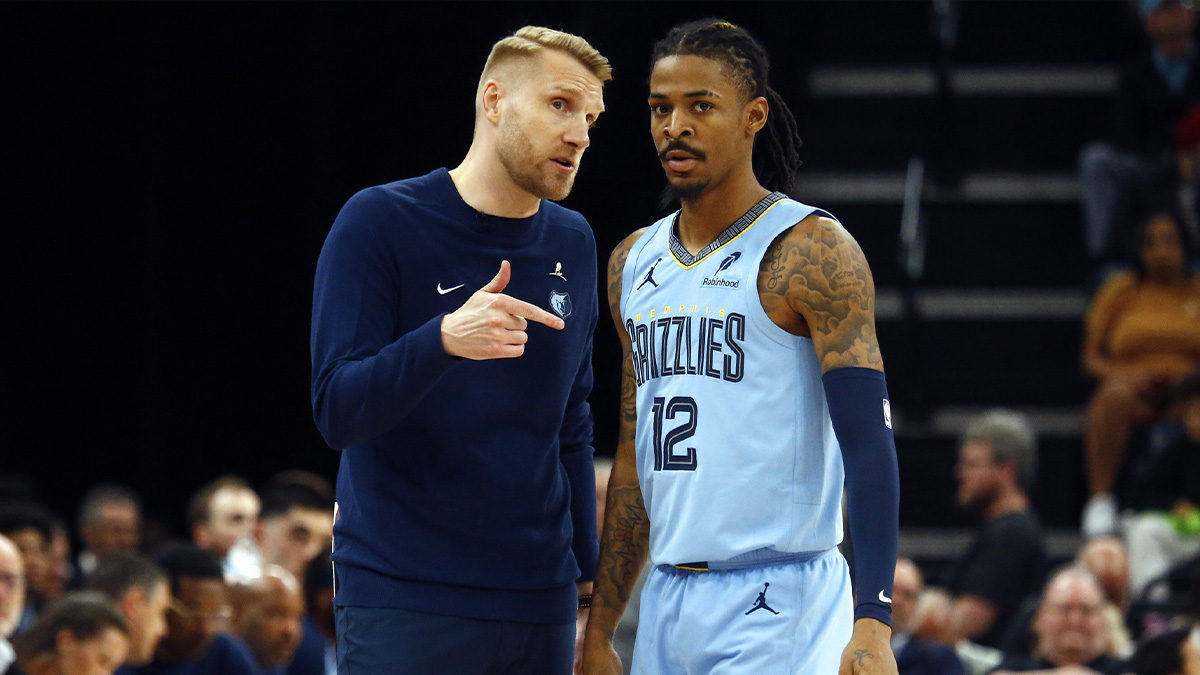
Both coaches embraced an up-tempo philosophy, though with different emphases. The Grizzlies led the league in pace under Jenkins, with a 103.3 pace (possessions per 48 minutes), emphasizing fast breaks and quick transitions. Iisalo maintained this up-tempo style for the most part, though the shot charts differ considerably.
- Field Goal Attempts
- Jenkins: 93.4 (1st)
- Iisalo: 92.8 (9th)
- Three Point Attempts
- Jenkins: 37.6 (14th)
- Iisalo: 40.4 (6th)
- Fast Break Points
- Jenkins: 16.6 (8th)
- Iisalo: 17.7 (10th)
Expect a few more beyond-the-arc bombs per game from the Grizzlies. Morant and Jackson Jr. cannot settle for those shots, though, given their average at best outside shooting. Days when the shots are not falling call for a less attractive, grind-it-out kind of win. Thankfully, the Grizzlies seemed a bit nastier under Iisalo as even postseason-bound opponents shot worse (52.7% opponent EFG vs. 53.4% under Jenkins) down the stretch.
- Second Chance Points
- Jenkins: 16.5 (3rd)
- Iisalo: 14.1 (15th)
- Offensive Rebounding
- Jenkins: 13.1 (2nd)
- Iisalo: 11.0 (18th)
- Points in the Paint
- Jenkins: 56.4 (2nd)
- Iisalo: 52.9 (12th)
- Points off Turnovers
- Jenkins: 18.7 (10th)
- Iisalo: 16.7 (14th)
These numbers highlight a fundamental challenge: while Iisalo's system creates more three-point opportunities, it may sacrifice some of the physical advantages that made Memphis successful under Jenkins. Fighting for those extra possessions and better finishing at the rim will help the Grizzlies leap above the NBA Play-In Tournament line next spring.
Until then, rest assured that the Grizzlies will continue to get shots up at an elite volume next season. Ja Morant will have an opportunity to win the scoring title with better decision-making in transition and improved three-point shooting. Jaren Jackson Jr. will have an All-Star offensive role once again. However, adjusting the pace and maintaining assist-to-turnover ratios has been an issue for years.
Remember, Taylor Jenkins admitted the Grizzlies have a turnover problem several times before getting sacked. A lack of outside shooting is also being mentioned as something that will bog this offense down this season. Generating open looks quickly will be a priority.
- Pace
- Jenkins: 103.85 (1st)
- Iisalo: 102.33 (5th)
- Assists
- Jenkins: 28.8 (7th)
- Iisalo:25 (23rd)
- Turnovers
- Jenkins: 15.9 (29th)
- Iisalo: 14 (14th)
- Assists-to-turnover ratio
- Jenkins: 1.82 (17th)
- Iisalo: 1.79 (21st)
- Assist Percentage
- Jenkins: 64.3 (11th)
- Iisalo: 57.0 (29th)
Assist percentages dropped off a cliff once Ja Morant and the now-departed Desmond Bane monopolized the offense. Tuomas Iisalo's first job is creating a more equal environment for Morant and Jackson Jr. to thrive on both ends of the court without ignoring the supporting cast.
Jaren Jackson Jr. needs jolt
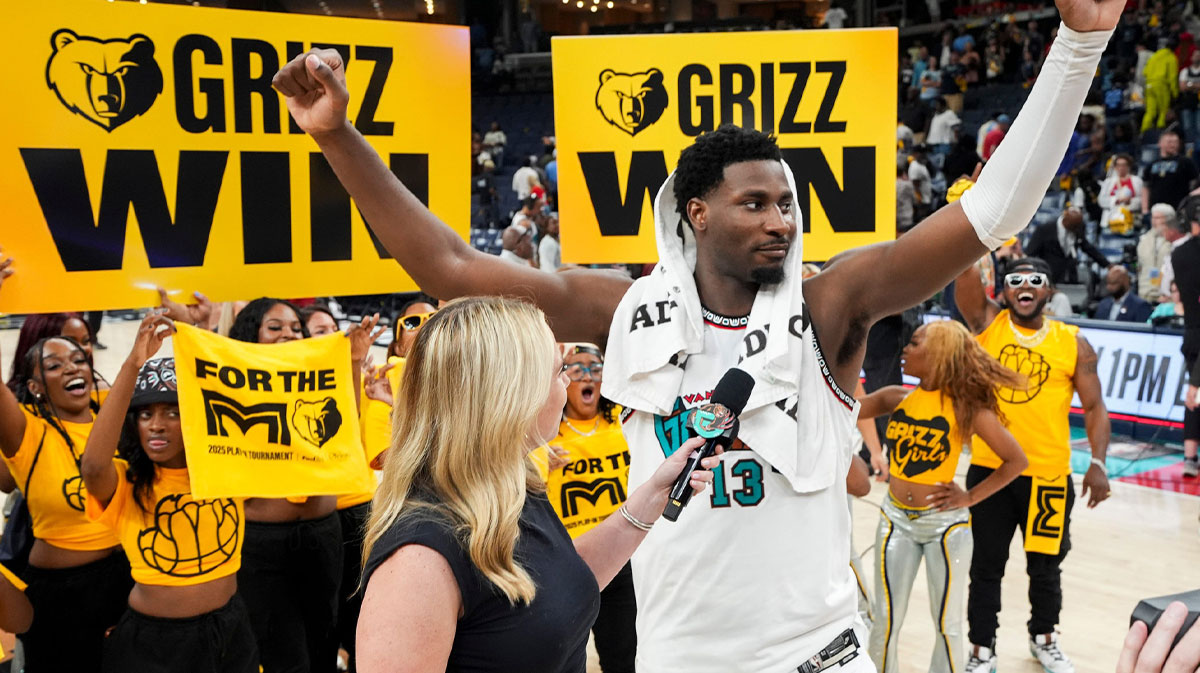
The Grizzlies inked Jaren Jackson Jr. to a five-year, $240-million deal this summer, just before the former NBA Defensive Player of the Year underwent surgery for turf toe. Almost a quarter of a billion dollars sounds big, but Memphis saved almost $200 million after the 25-year-old fell short of the All-NBA ballots. Tuomas Iisalo has to maximize that value sooner rather than later to keep the current foundational core together.
Jackson Jr. led the team under Jenkins (27.9% Usage Rate) with 22.4 points under Jenkins, adding 5.6 rebounds, 2.1 assists, 2.1 turnovers, and 2.9 blocks/steals in 29.4 minutes per game. Those numbers plummeted (23.8% Usage Rate) to 20.1 points, 6.0 rebounds, 1.3 assists, 1.9 turnovers, and 1.9 blocks/steals per game (33.1 minutes) once Iisalo began deferring to Morant.
While Jackson's scoring decreased by 1.5 points per game, this reduction was strategic, allowing him to focus more on his defensive responsibilities while the guards carried more offensive load. Finding Jackson Jr. some help on defense should open up more of the offense for the versatile forward. That starts with the newest additions to the team, Kentavious Caldwell-Pope, Jaylen Wells, and Zach Edey, helping out where Jackson Jr. has historically fallen short of expectations.
Rebounding is a full team effort, sure. Offensively, it requires a bit more effort from those not taking the shot and a little bounce of the ball type of luck. On the other end, Jackson Jr., Edey, Wells, Caldwell-Pope, and Santi Aldama will be charged with most of the responsibilities of protecting the paint and cleaning the glass. Keeping Edey, Aldama, and Jackson Jr. on the court together and out of foul trouble would go a long way to giving the rest of the Western Conference a huge problem to solve.
- Rebounding Percentage
- Jenkins: 52.0 (3rd)
- Iisalo: 50.5 (14th)
- Rebounds Per Game
- Jenkins: 47.3 (2nd)
- Iisalo: 46.8 (8th)
- Steals
- Jenkins: 8.9 (6th)
- Iisalo: 8.1 (14th)
- Blocks
- Jenkins: 5.8 (3rd)
- Iisalo: 4.1 (16th)
The Grizzlies saw a dramatic improvement in rebounding under Iisalo, particularly from rookie Zach Edey, who increased his rebounding average from 7.6 rebounds per game under Jenkins to 13.4 rebounds per game under Iisalo. This 5.8 rebound improvement per game from one player alone significantly boosted the team's second-chance opportunities. It is also another example of Iisalo's Grizzlies playing to the strengths of the roster.
Ultimately, the success of Memphis's bold coaching gamble will depend on whether Iisalo can maintain Ja Morant's rejuvenation while addressing the systemic concerns revealed in these early statistics. Will they keep evolving into a contender or fall back into the traps that got the last coach fired? That will be the topic that dominates training camp.

